这也太可爱了吧
新的数组方法:array.at()
Likun
2022年06月23日 10:12:35
JavaScript
阅读 1797
JavaScript 数组的索引是从0开始的,第一个元素的索引为0,最后一个元素的索引等于该数组的长度减1。
在之前,我们一般使用方括号通过索引访问数组元素:array[index],如果指定的索引是一个无效值,JavaScript 数组并不会报错,而是会返回 undefined。
const array = ['this is the first element', 'this is the second element', 'this is the last element'];
console.log(arr[0]) // logs 'this is the first element'
console.log(arr[1]) // logs 'this is the second element'
在大多数情况下,方括号语法是通过正索引访问数组元素的好方法。
但有时我们希望从末尾而不是从头开始访问元素。例如,访问数组的最后一个元素:
const array = ['this is the first element', 'this is the second element', 'this is the last element'];
console.log(arr[arr.length - 1]) // logs 'this is the last element'
现在,数组提供了一个新的方法来访问数组元素:Array.prototype.at()。
at() 方法接收一个整数值并返回该索引的项目,允许正数和负数。负整数从数组中的最后一个项目开始倒数。
方括号符号没有问题,但对于后面的项目,可以调用array.at(-1),无须再访问 array.length (参见以下示例):
const array1 = ['this is the first element', 'this is the second element', 'this is the last element'];
console.log(arr.at(0)) // logs 'this is the first element'
console.log(arr.at(-2)) // logs 'this is the second element'
console.log(arr.at(-1)) // logs 'this is the last element'
上面的例子凸显了 at() 方法的简洁性和可读性。















暂无评论